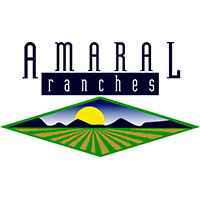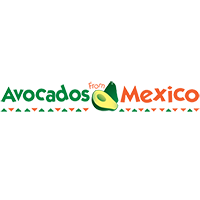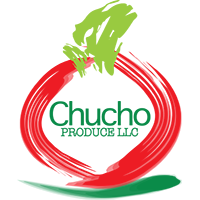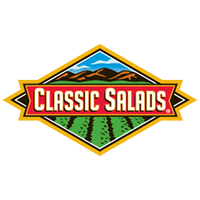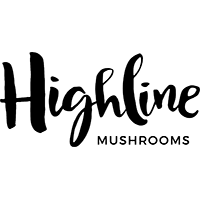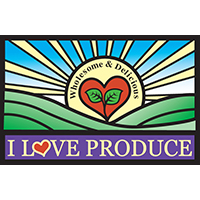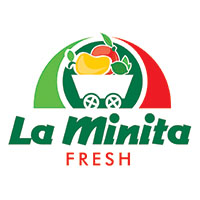How to Find Us?

Dill
Fresh and dried dill leaves (sometimes called "dill weed" to distinguish it from dill seed) are widely used as herbs in Europe and central Asia.
Like caraway, the fernlike leaves of dill are aromatic and are used to flavor many foods such as gravlax (cured salmon) and other fish dishes, borscht and other soups, as well as pickles (where the dill flower is sometimes used). Dill is best when used fresh as it loses its flavor rapidly if dried; however, freeze-dried dill leaves retain their flavor relatively well for a few months.
Dill weed, fresh
Nutritional value per 100 g (3.5 oz)
Energy 180 kJ (43 kcal)
Carbohydrates
7 g
Dietary fiber 2.1 g
Fat
1.1 g
Protein
3.5 g
Vitamins
Vitamin A 7717 (154%) IU
Thiamine (B1) (9%) 0.1 mg
Riboflavin (B2) (25%) 0.3 mg
Niacin (B3) (11%) 1.6 mg
Pantothenic acid (B5)
(8%) 0.4 mg
Vitamin B6 (15%) 0.2 mg
Folate (B9) (38%) 150 μg
Vitamin B12 (0%) 0 μg
Vitamin C (102%) 85 mg
Trace metals
Calcium (21%) 208 mg
Iron (51%) 6.6 mg
Magnesium (15%) 55 mg
Manganese (62%) 1.3 mg
Phosphorus (9%) 66 mg
Potassium (16%) 738 mg
Sodium (4%) 61 mg
Zinc (9%) 0.9 mg
Other constituents
Copper 0.14 mg (7%)
Units
μg = micrograms • mg = milligrams
IU = International units
Percentages are roughly approximated using US recommendations for adults.
SOURCE: USDA NUTRIENT DATABASE

